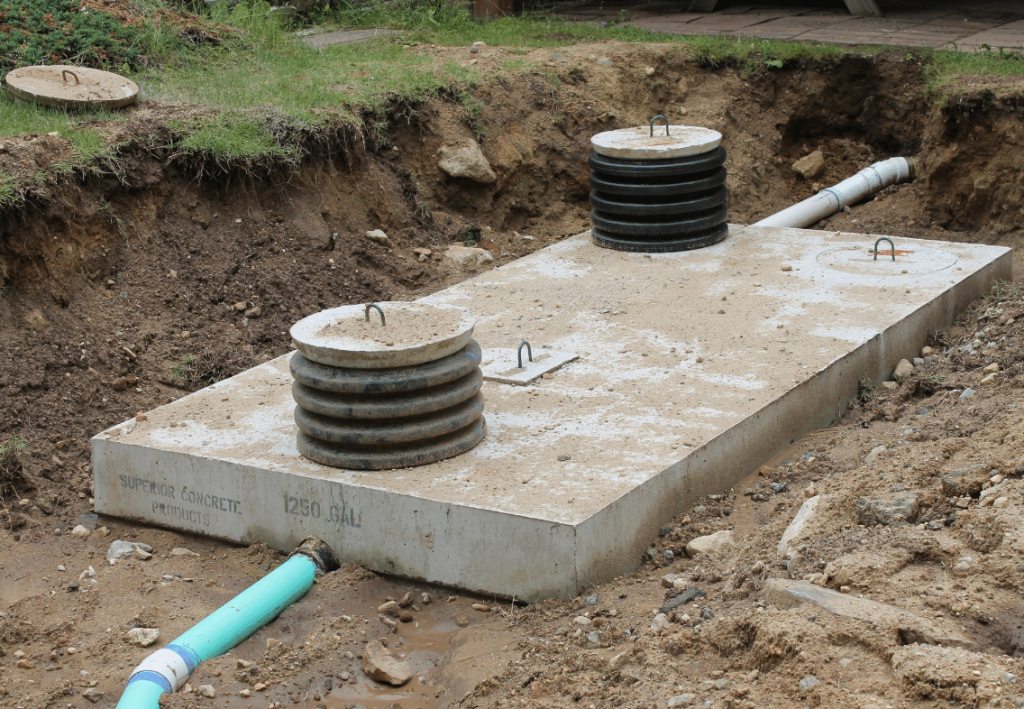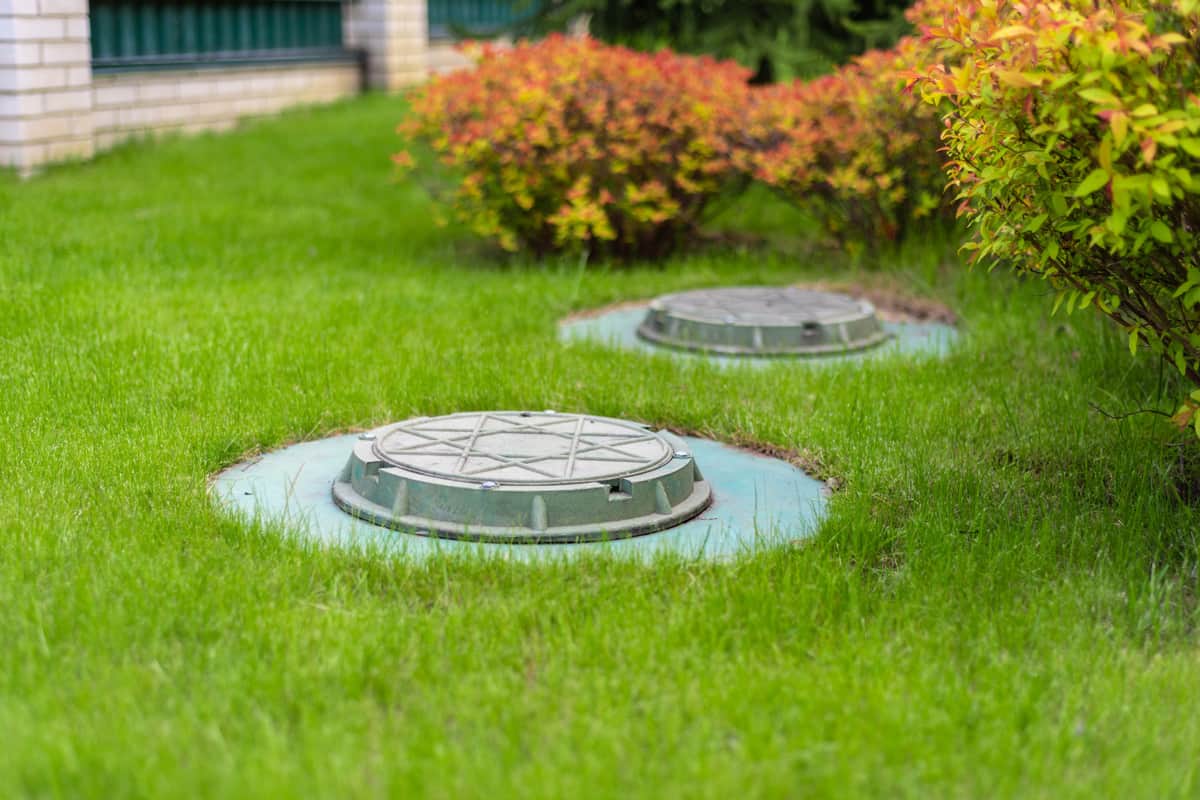As the ground thaws and flowers begin to bloom, spring is a perfect time to give your home a fresh look—and that includes what’s happening beneath the surface. If your home has a septic system, it’s essential to understand how it works and what it needs to stay healthy. After all, the last thing any homeowner wants is an unexpected (and unpleasant) septic surprise.
Let’s break down the basics of septic systems and why spring is the ideal time for inspection and maintenance.
What Is a Septic System?
A septic system is an underground wastewater treatment structure commonly used in homes that aren’t connected to a municipal sewer system. It typically consists of two main parts: a septic tank and a drainfield (also called a leach field).
Here’s how it works:
-
Wastewater from your home flows into the septic tank.
-
Solids settle at the bottom to form sludge, while oils and grease float to the top as scum.
-
The middle layer of liquid (effluent) drains out into the leach field, where it filters naturally through the soil.
When working correctly, the system treats household wastewater efficiently. But without proper care, it can lead to costly damage and even health hazards.
Why Spring Is Ideal for Septic Maintenance
After a long winter, your septic system has endured months of freezing temperatures, snow accumulation, and minimal inspection. Spring is the season of renewal—and that makes it the perfect time to check on your system’s health.
Here’s why:
-
Thawed ground makes it easier for inspectors and septic professionals to access the tank and drainfield.
-
Increased water usage (from gardening, cleaning, and hosting guests) is common in spring and summer. An overworked or failing system won’t keep up.
-
Preventative maintenance in spring helps avoid emergencies later in the year, especially during the busy summer months.
Common Signs Your Septic System Needs Attention
Whether you’re new to septic systems or a seasoned homeowner, here are some red flags to watch for:
-
Slow drains in sinks, tubs, or toilets
-
Gurgling sounds from plumbing
-
Sewage odors around the yard or near drains
-
Standing water or soggy patches near the drainfield
-
Sewage backup in toilets or drains (a serious issue that needs immediate attention)
If you notice any of these signs, don’t wait—contact a professional right away.
Spring Septic System Checklist
Here are a few proactive steps homeowners can take to keep their septic system in top shape:
✅ Schedule a Professional Inspection
A licensed inspector can assess sludge levels, check for cracks or leaks in the tank, and examine the drainfield’s performance. The general rule of thumb is to have your septic system inspected every 3 years, or annually if you have a garbage disposal or high water usage.
✅ Pump the Tank If Needed
Septic tanks should typically be pumped every 3–5 years depending on household size, water use, and tank capacity. Spring is a great time to pump the tank and start the year with a clean slate.
✅ Check for Winter Damage
Inspect around the tank and drainfield for any signs of damage caused by freezing, snow plowing, or excess water accumulation.
✅ Redirect Rainwater
Keep gutters, downspouts, and sump pumps away from the drainfield to avoid oversaturation, which can prevent proper filtering and cause backups.
✅ Practice Water Conservation
Spread out laundry loads, fix leaking faucets, and install low-flow fixtures to reduce the load on your septic system.
What Home Inspections Can Reveal About Your Septic System
If you’re buying or selling a home with a septic system, or just want peace of mind, a home inspection can offer valuable insights. Home inspectors often check:
-
Signs of system backups or failures
-
Leach field saturation or pooling
-
Drainage issues and plumbing concerns
-
Age and condition of the tank (if records are available)
In some areas, a separate septic inspection may be required for real estate transactions, but a standard home inspection can still identify warning signs that it’s time to call in a septic specialist.
Protect Your Investment
A well-maintained septic system is designed to last 20–30 years or more—but only with proper care. Ignoring maintenance can lead to expensive repairs, soil contamination, or even complete system replacement, which can cost upwards of $10,000 or more.
Investing a little time and attention each spring can help you avoid major headaches later and protect both your property and the environment.
In Summary:
-
Spring is the best time to check in on your septic system.
-
Watch for signs like slow drains, odors, or standing water.
-
Schedule a professional inspection and pump your tank if needed.
-
Keep the system healthy with water conservation and proper drainage.
Taking care of your septic system isn’t glamorous—but it’s one of the most important things you can do to keep your home running smoothly all year long.



